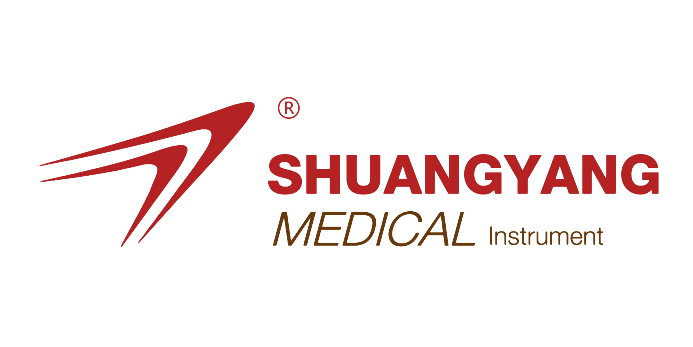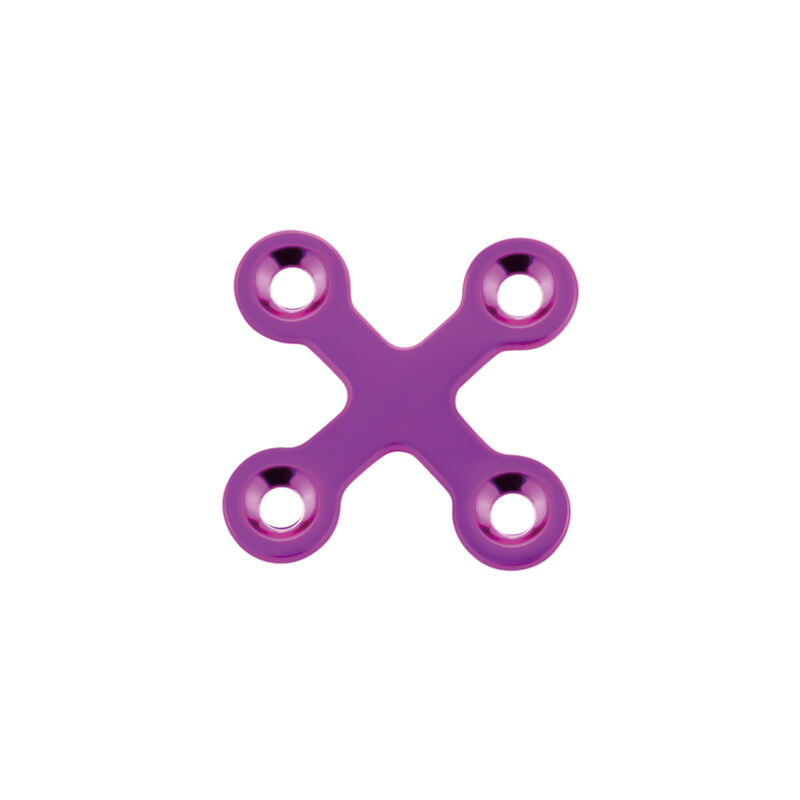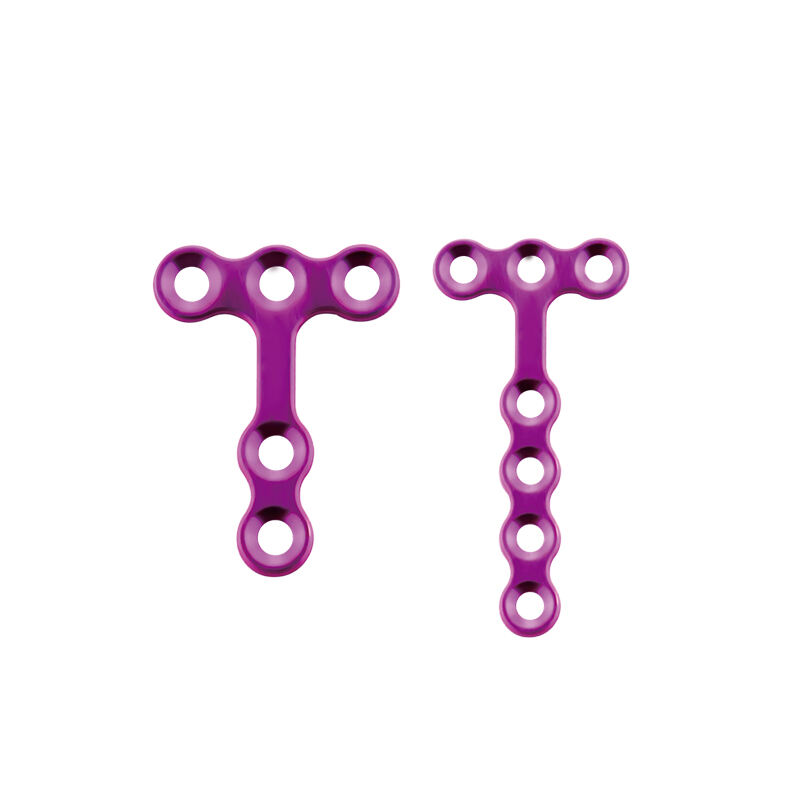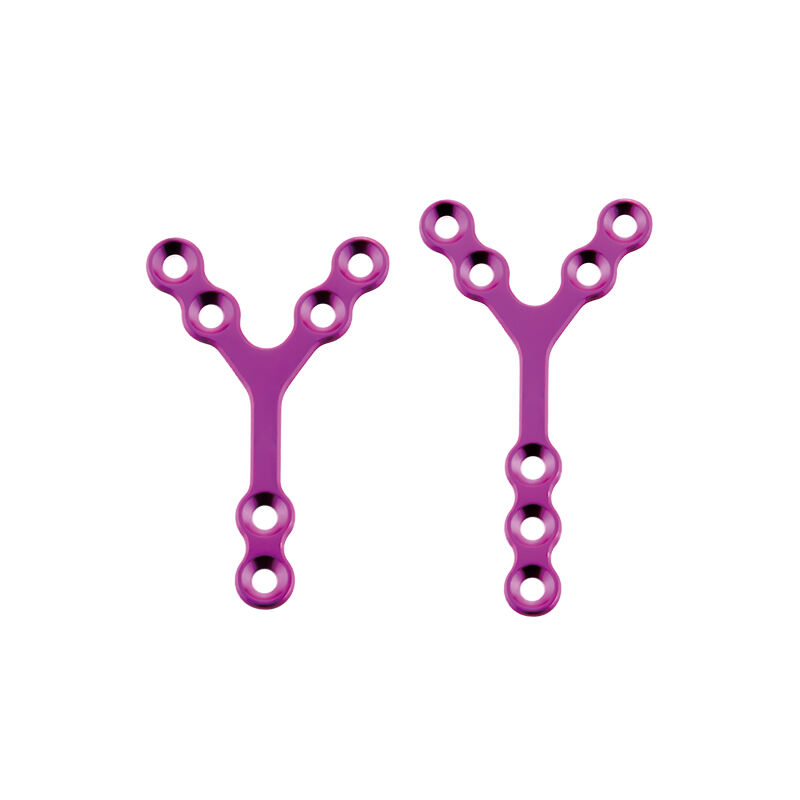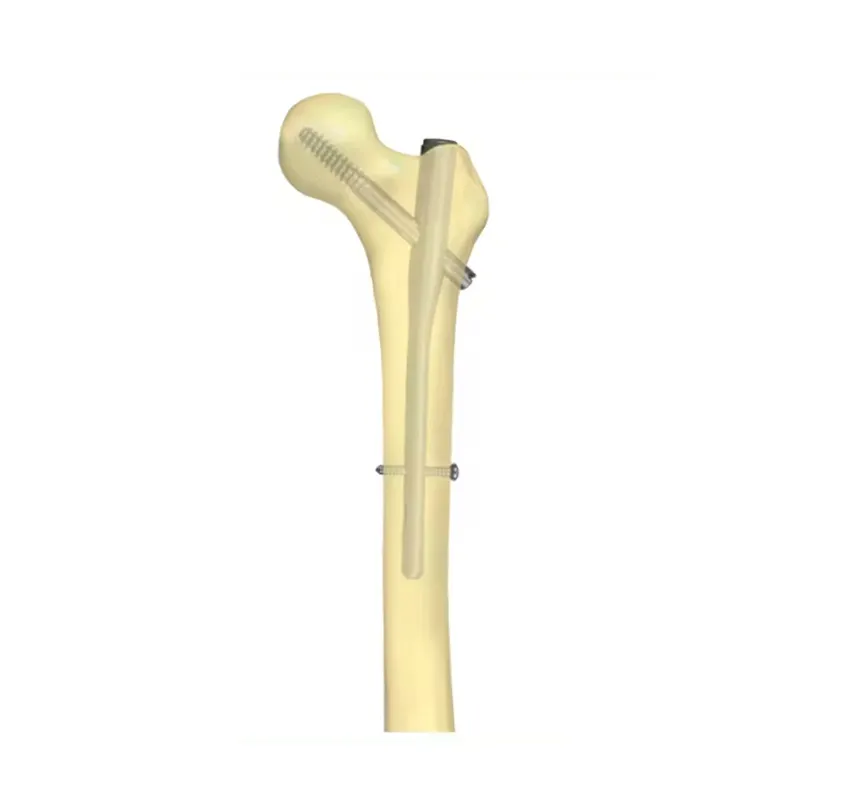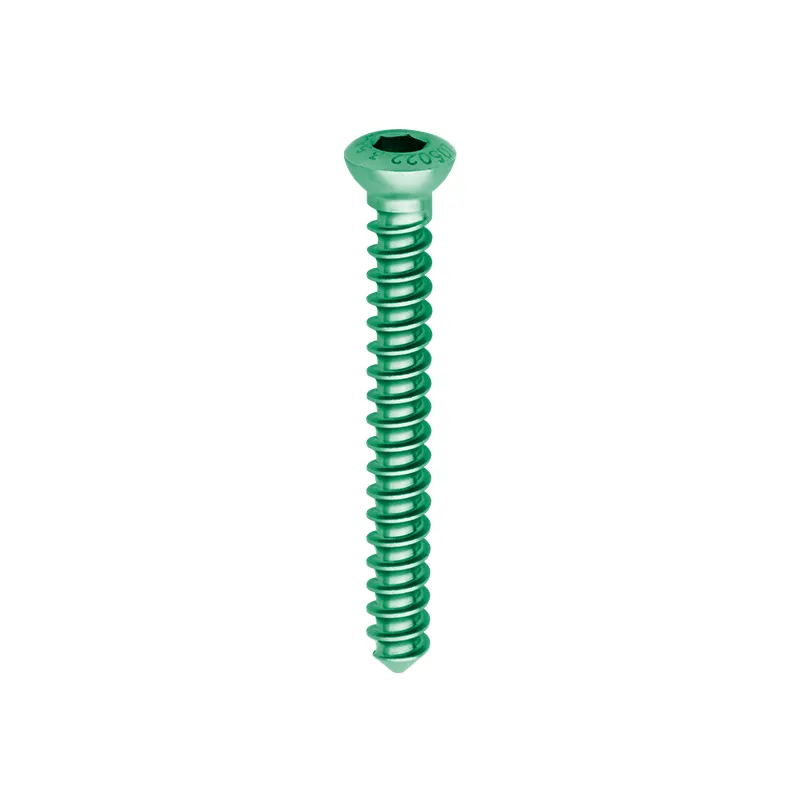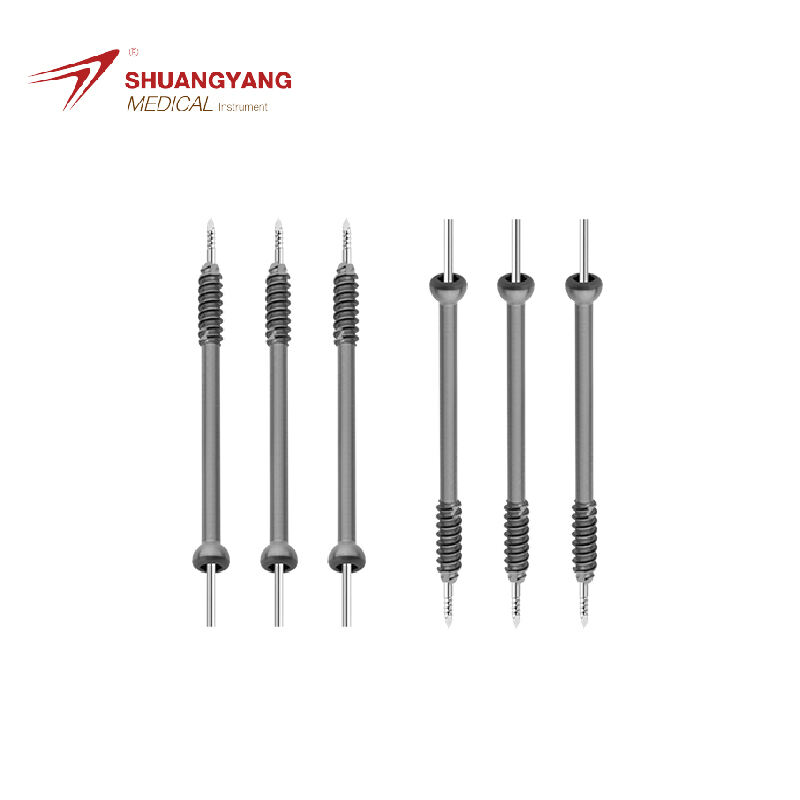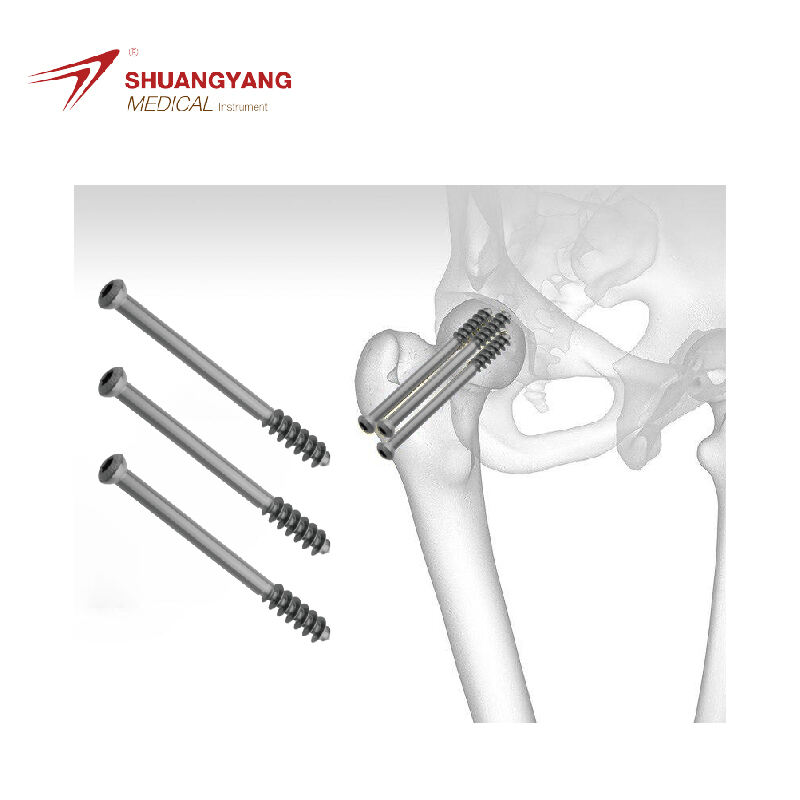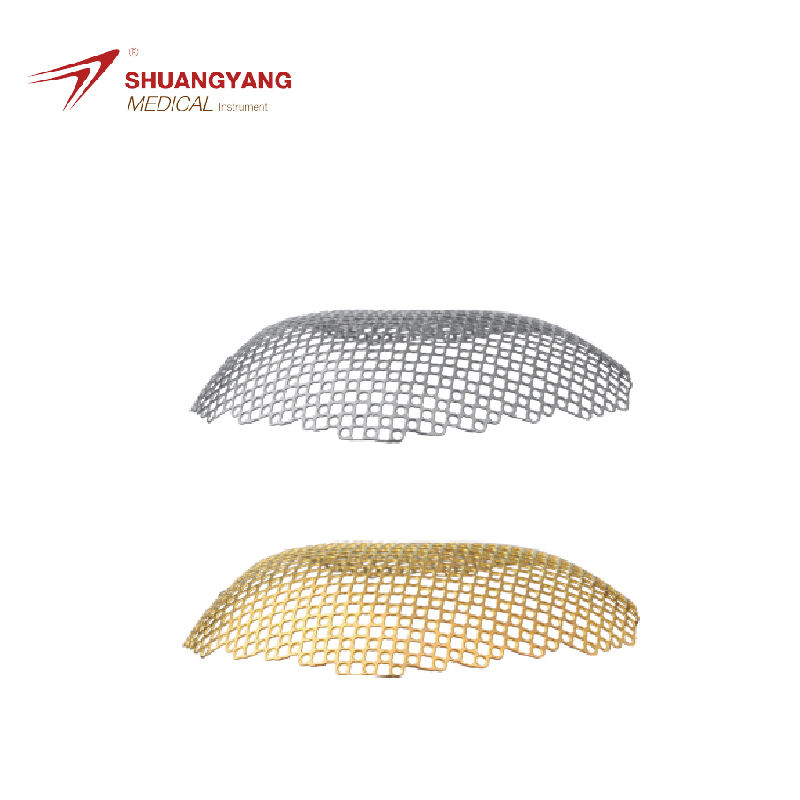locking screw plate
The locking screw plate is a sophisticated medical device designed to provide internal fixation for fractures and osteotomies. Its main functions include stabilizing bones, facilitating healing, and maintaining the alignment of fractured limbs. Technological features of the locking screw plate include a unique locking mechanism that prevents screw backing out and rotation, ensuring the stability of the fracture fixation. Made from biocompatible materials, these plates are designed to minimize tissue irritation. They find extensive applications in orthopedic surgeries, particularly in the treatment of complex fractures and in cases where traditional methods may not provide sufficient stability. The locking screw plate's design allows for anatomic fit and reduced operating time, making it a valuable tool in the surgeon's arsenal.
 EN
EN
 FR
FR
 ES
ES
 AR
AR
